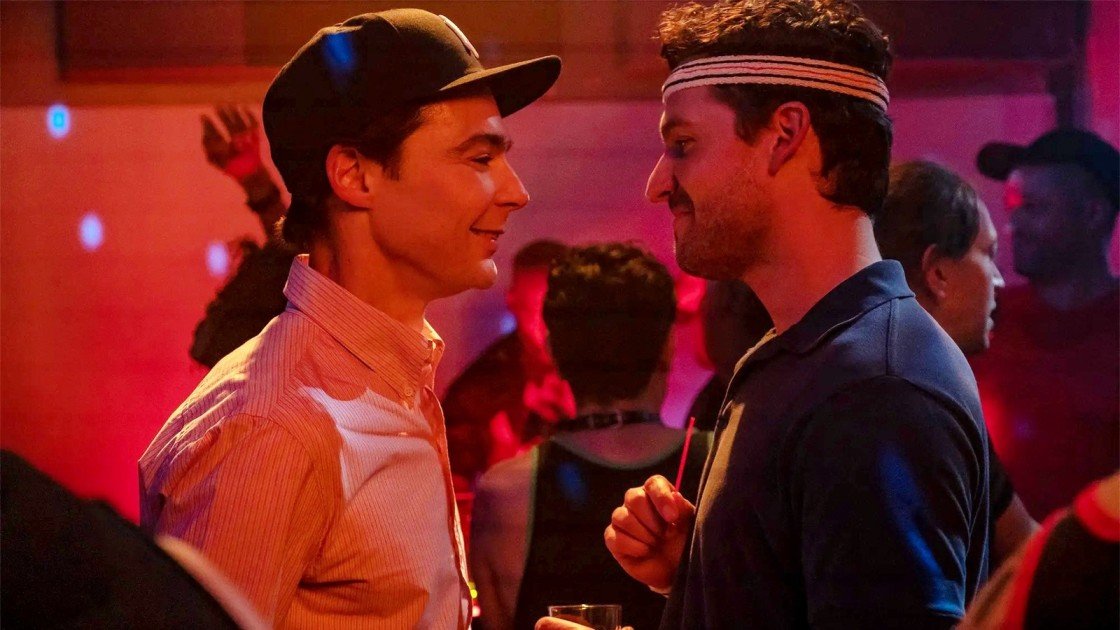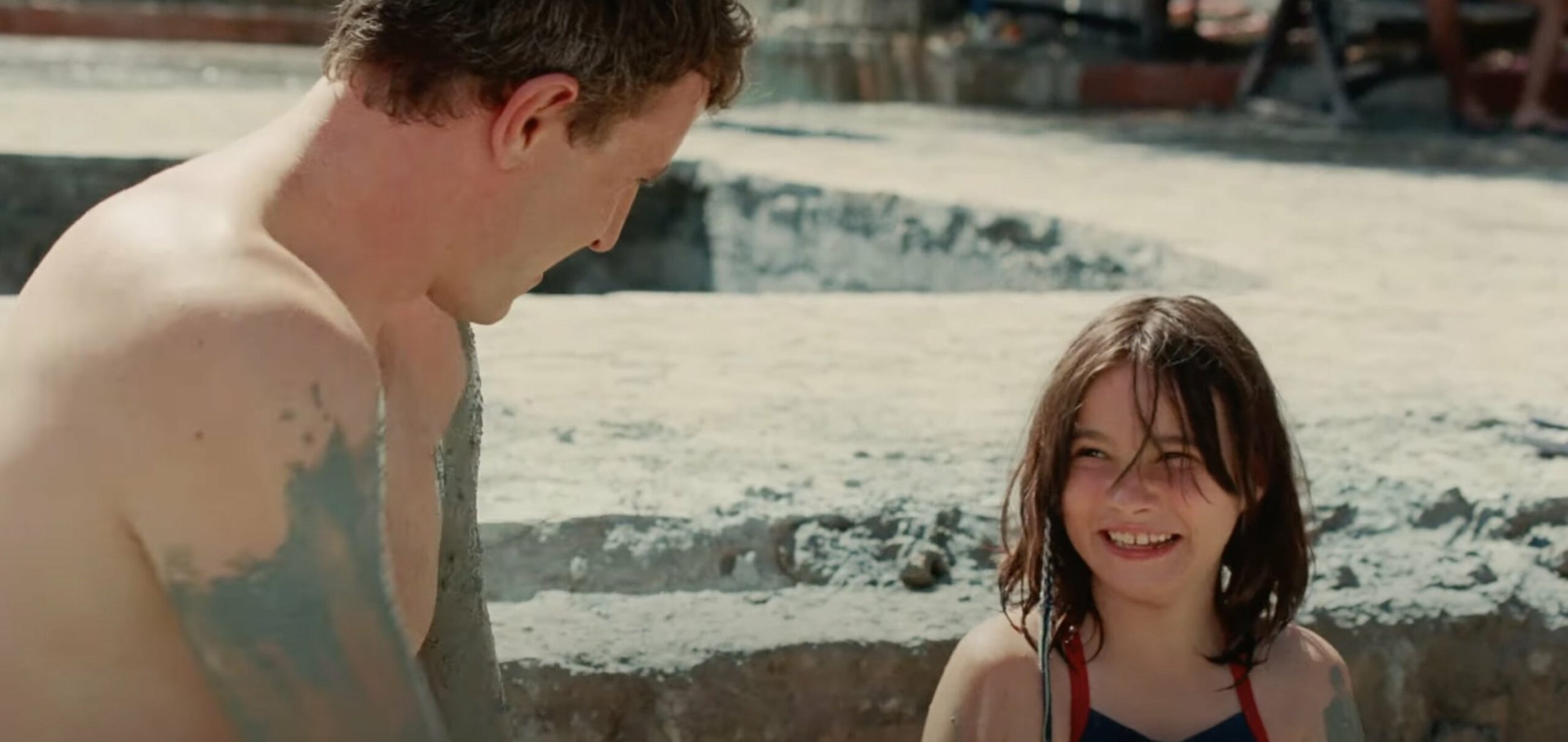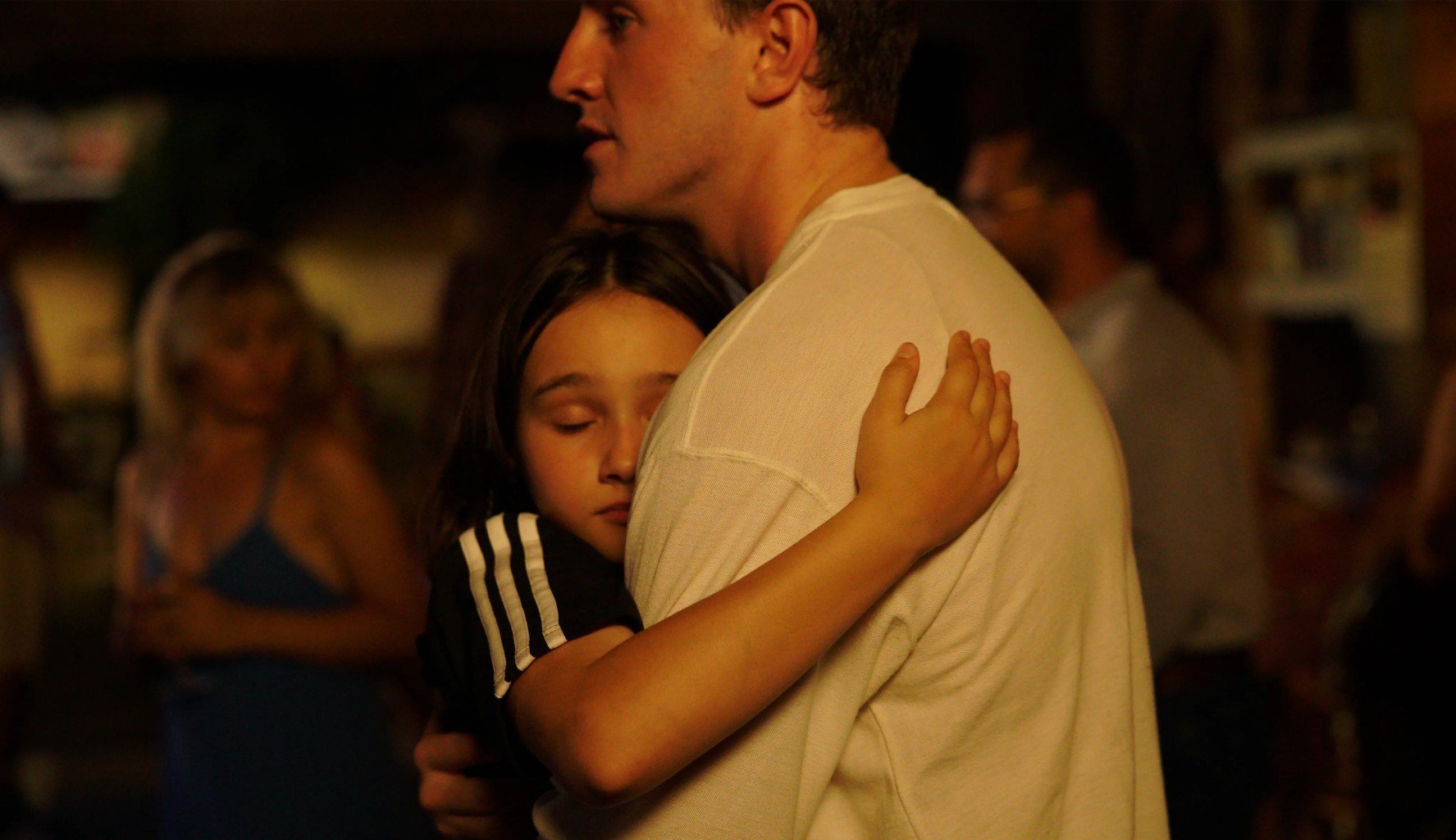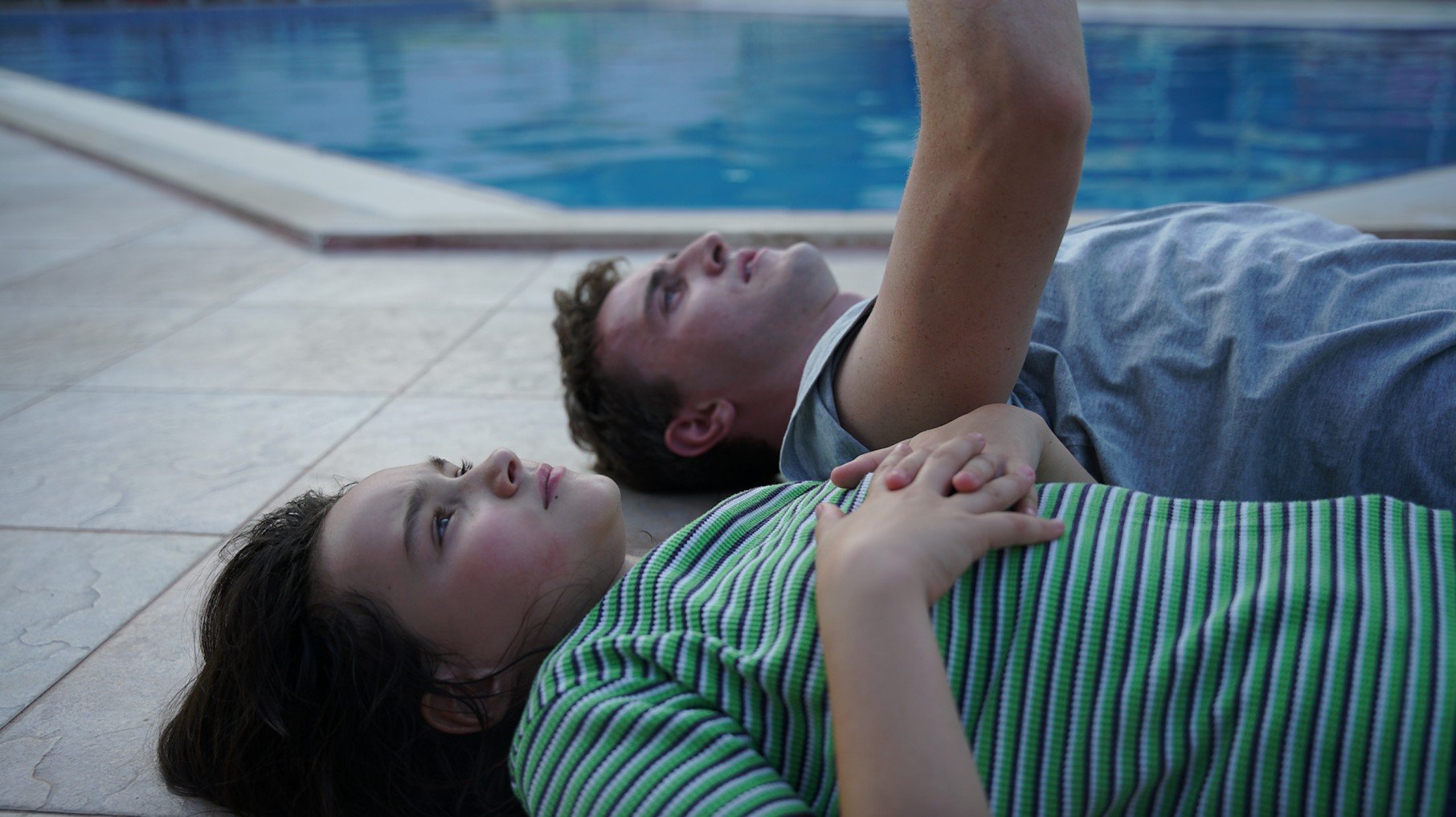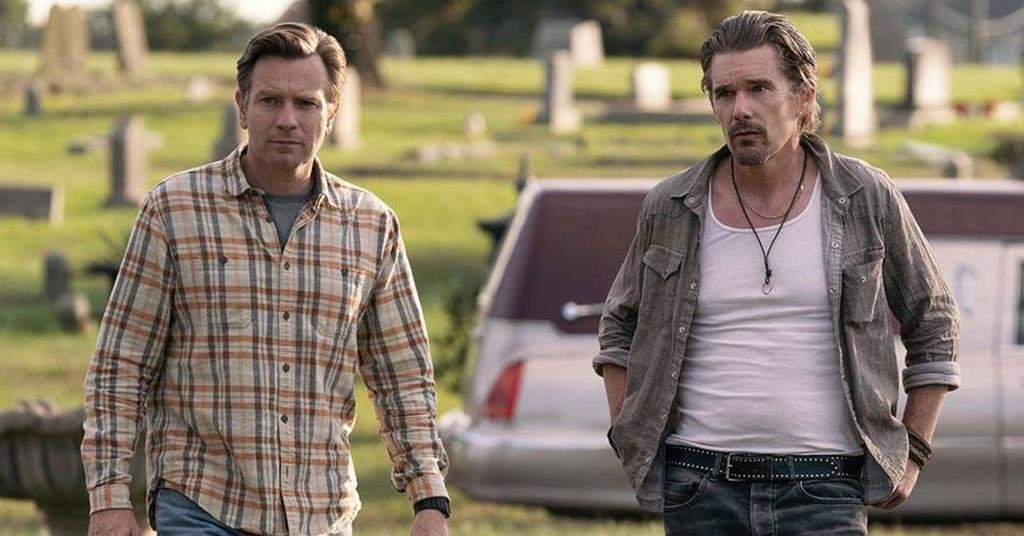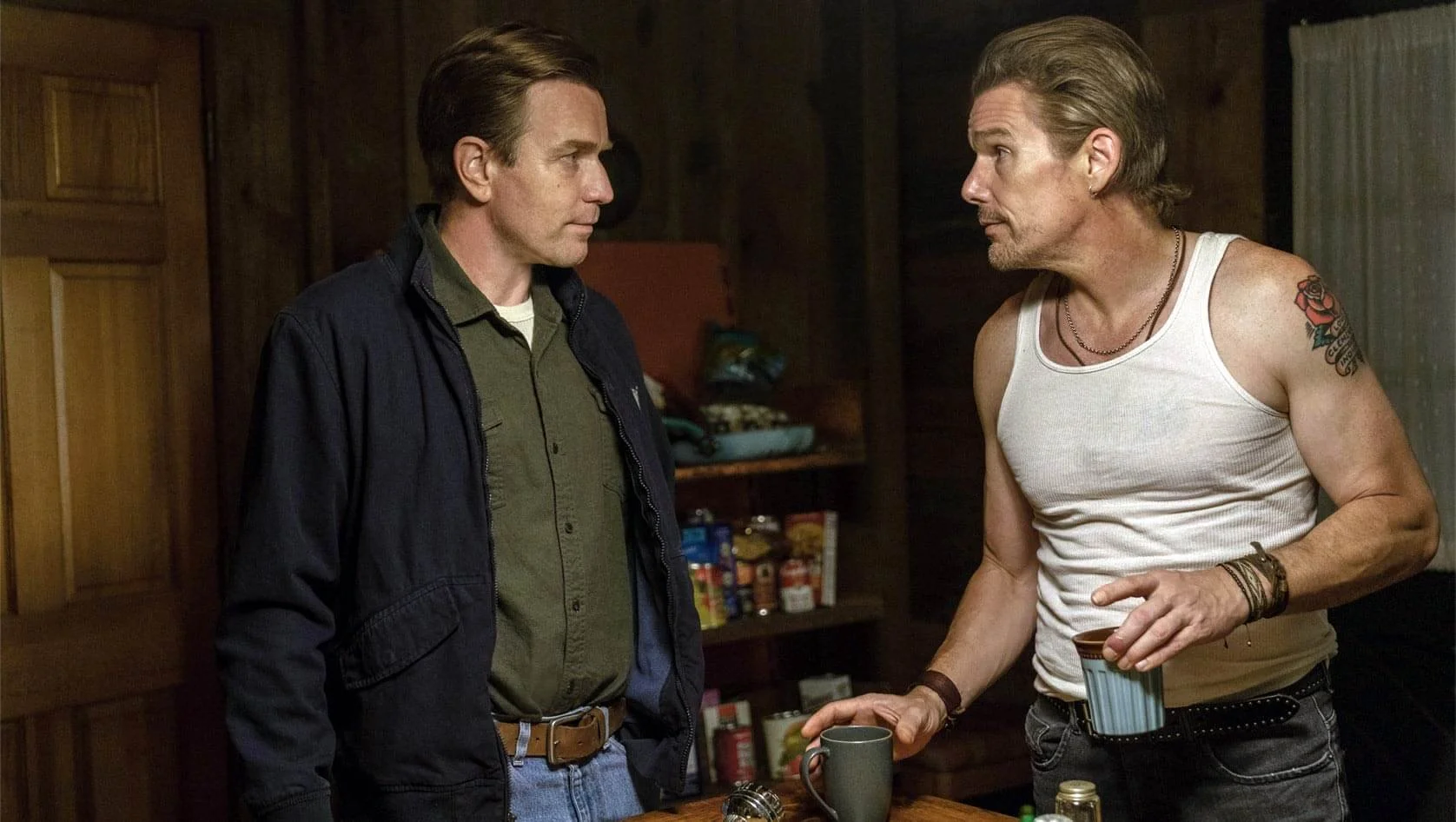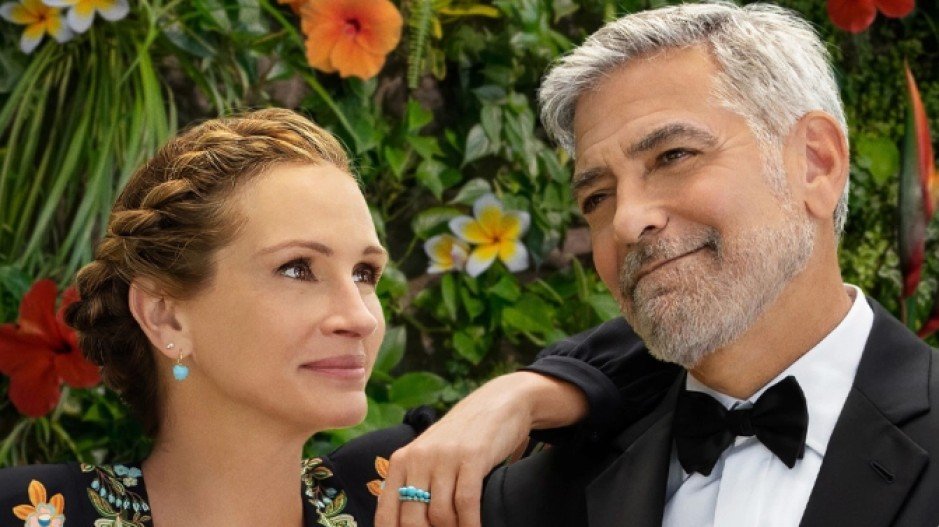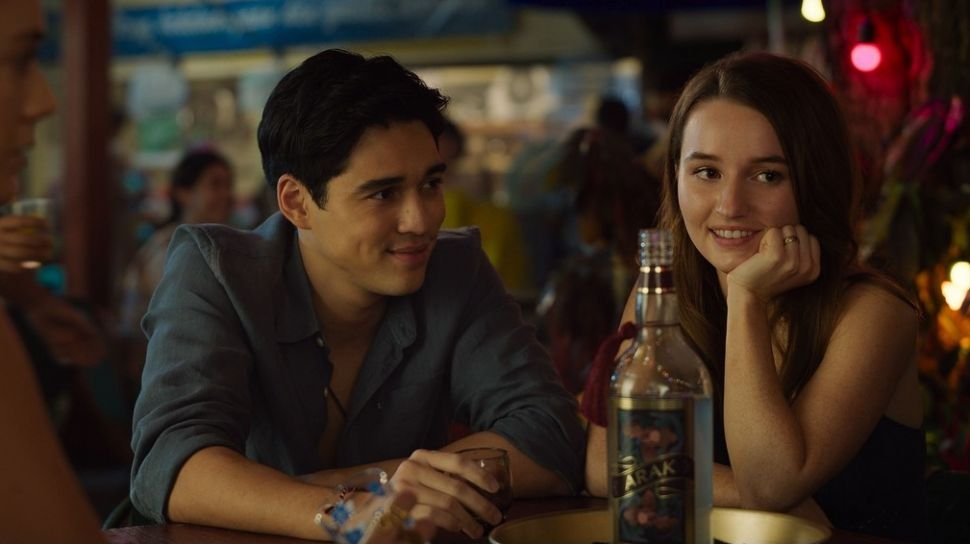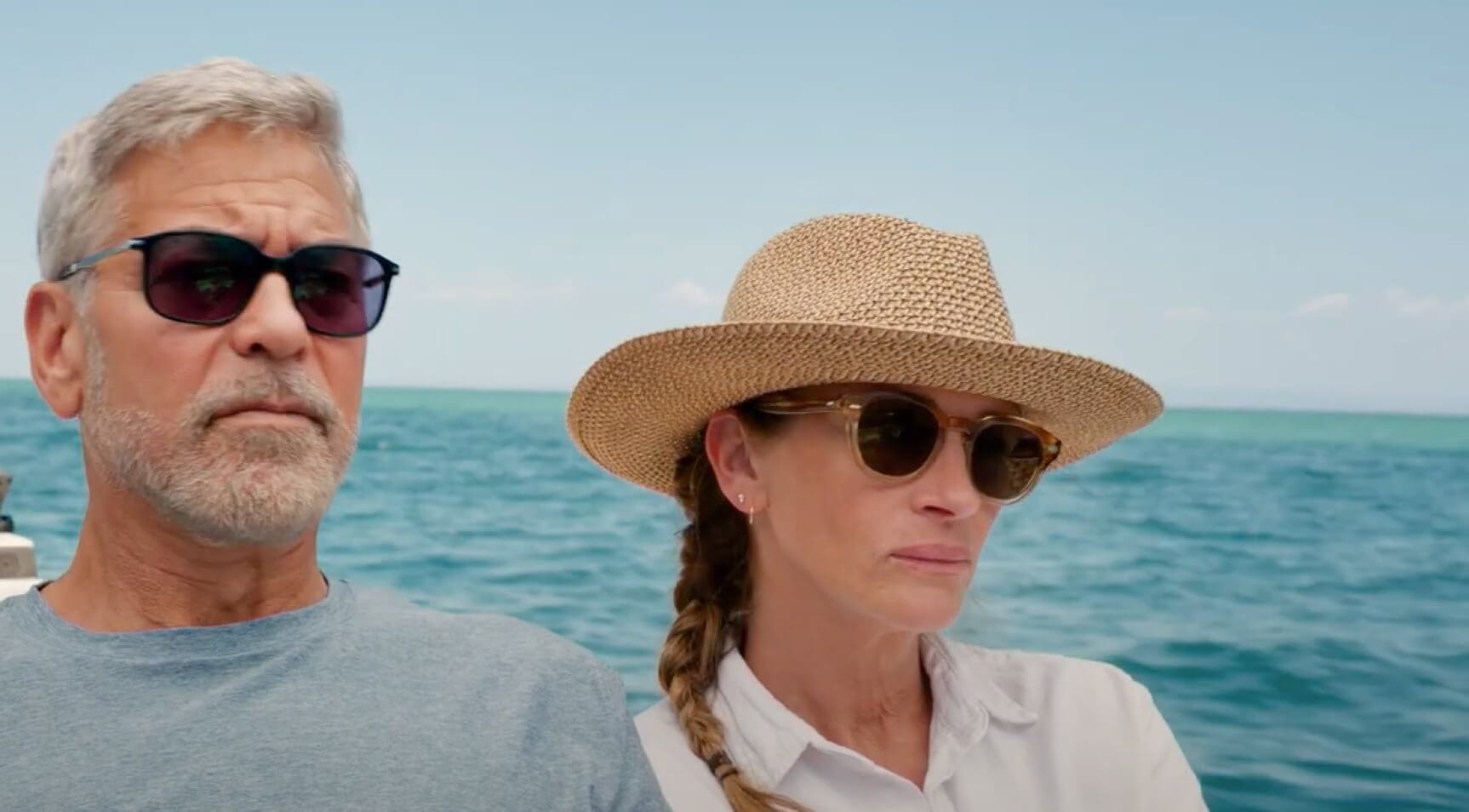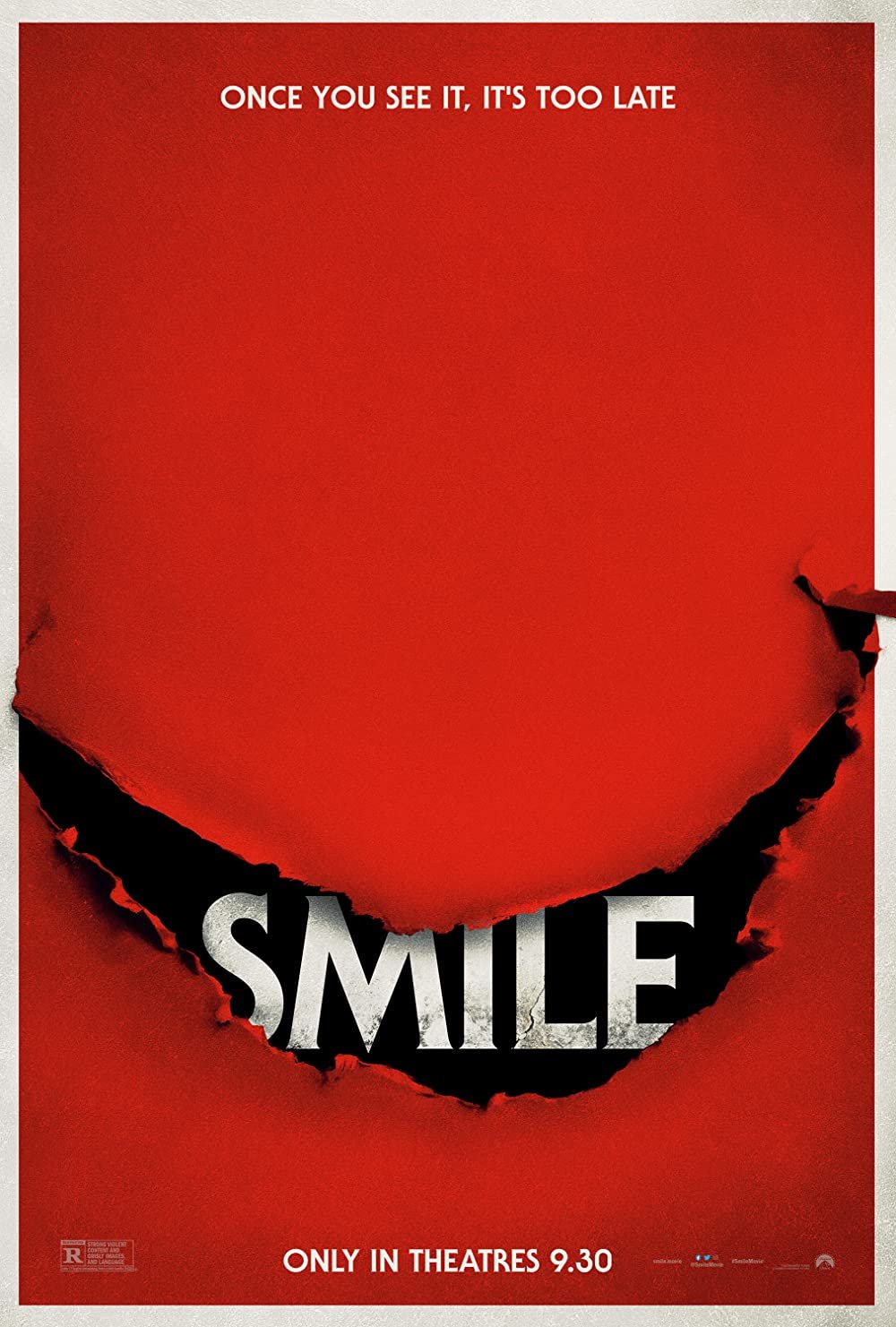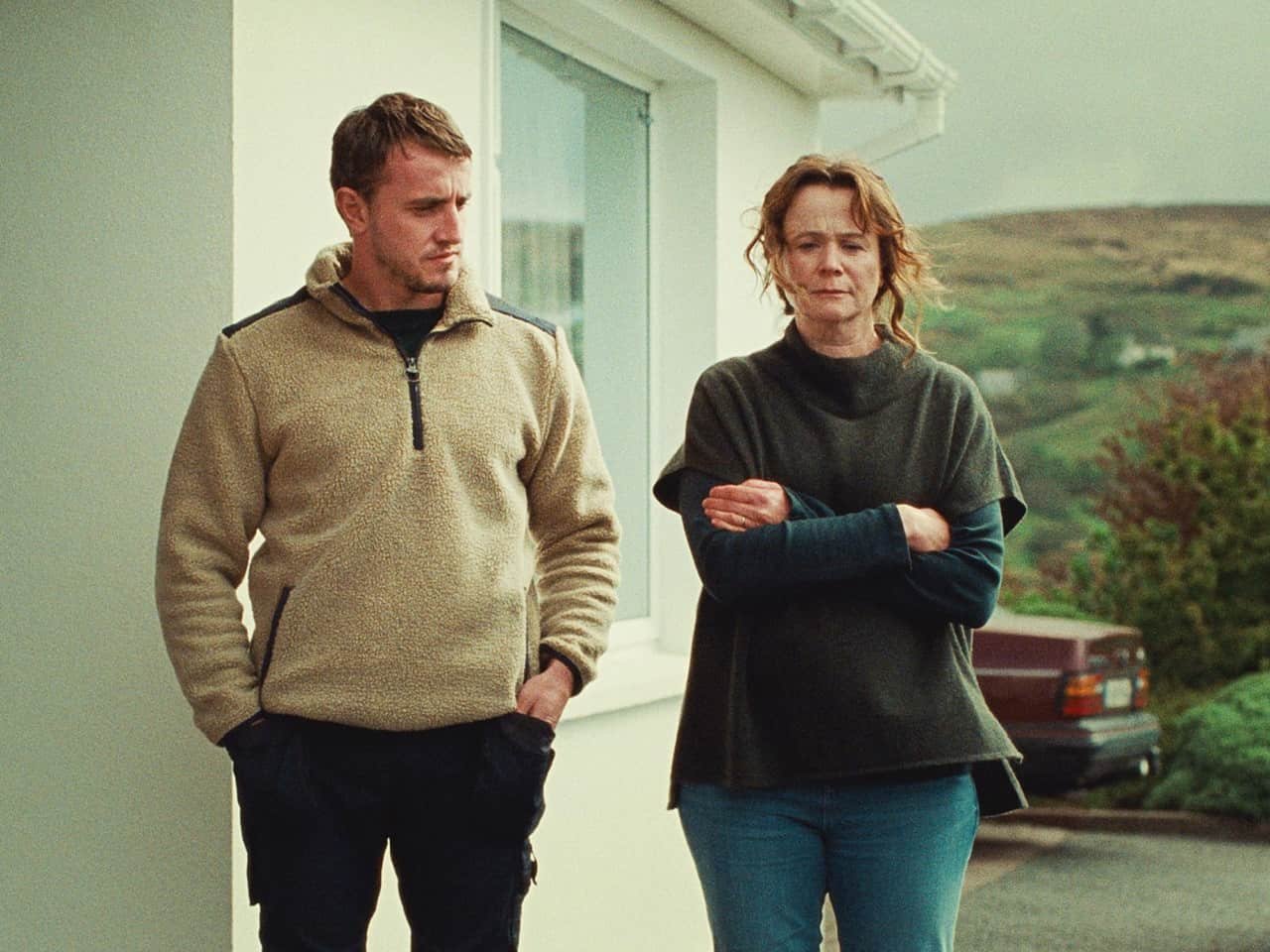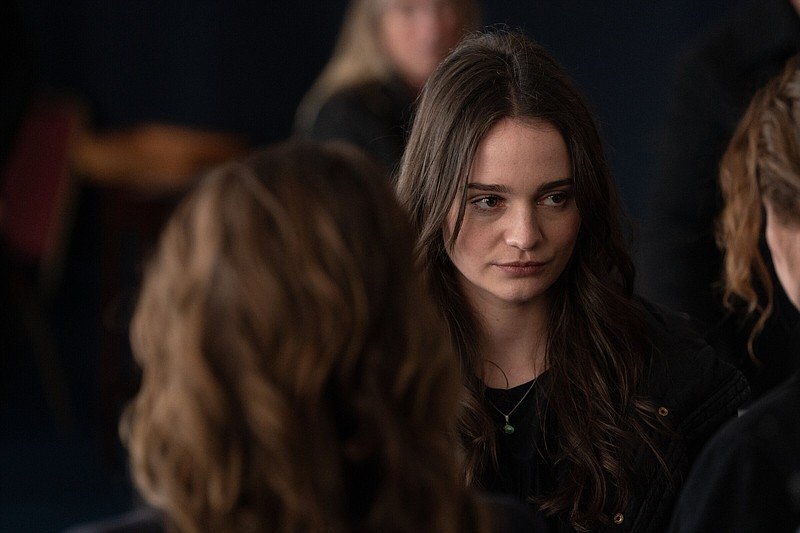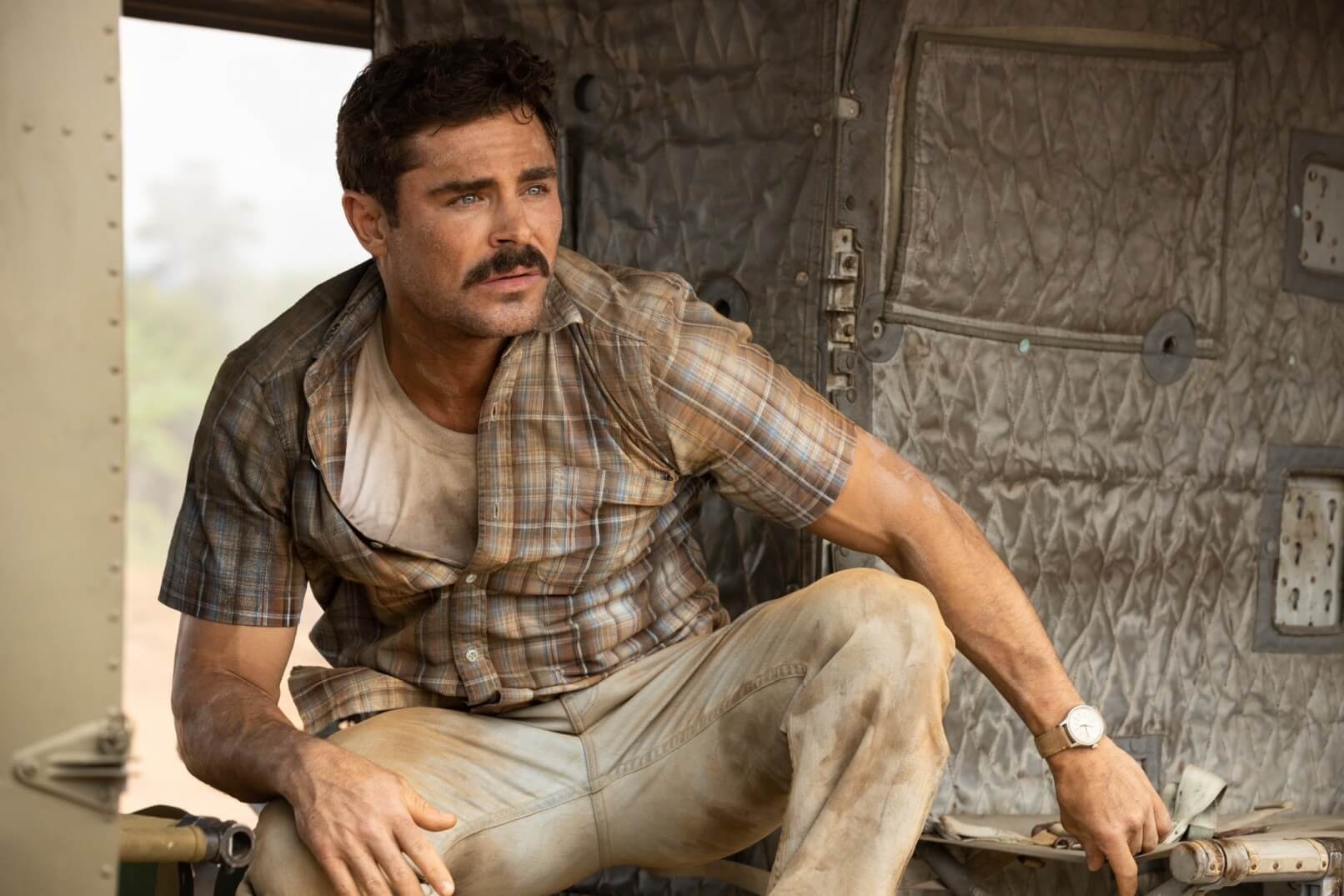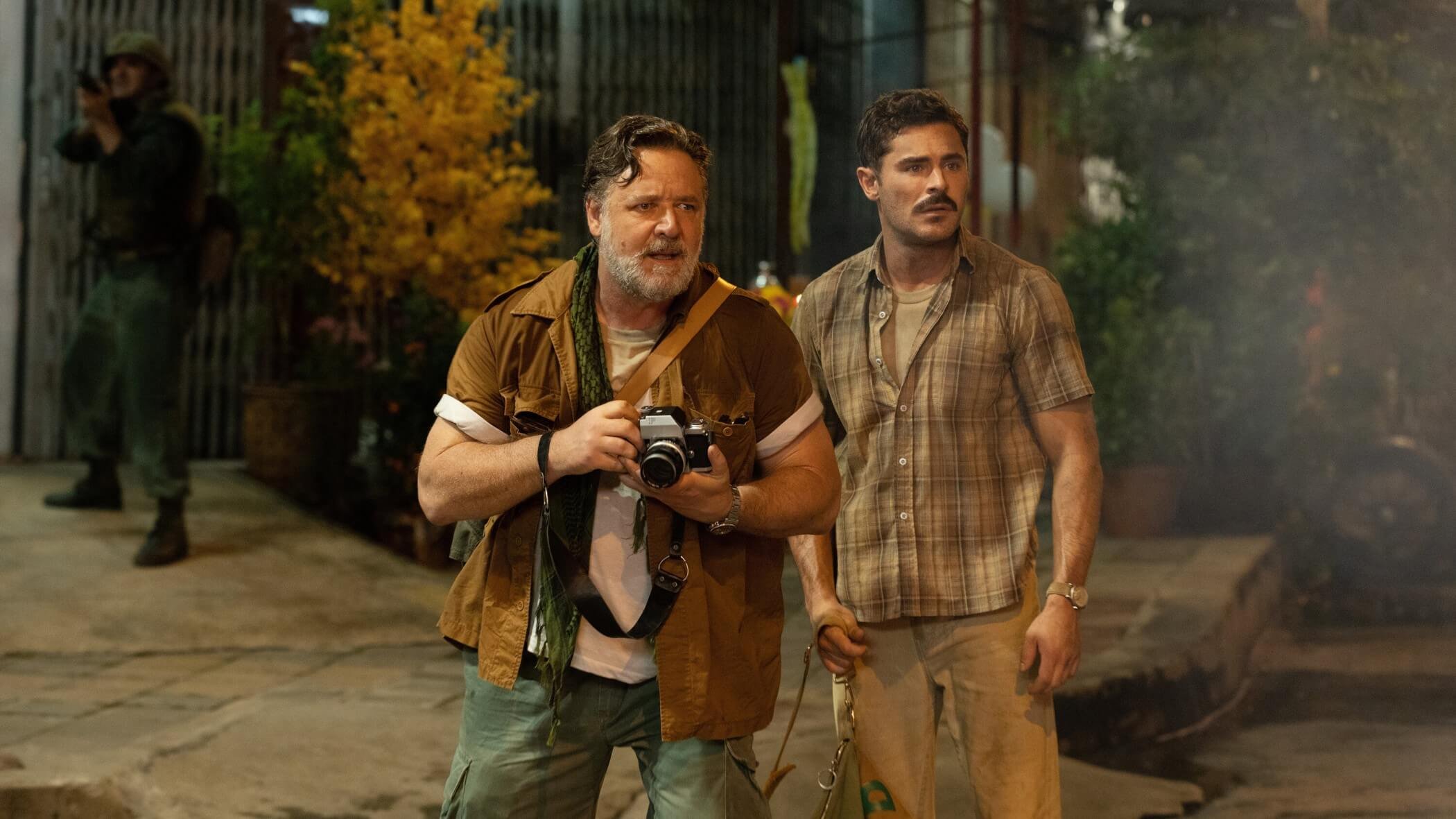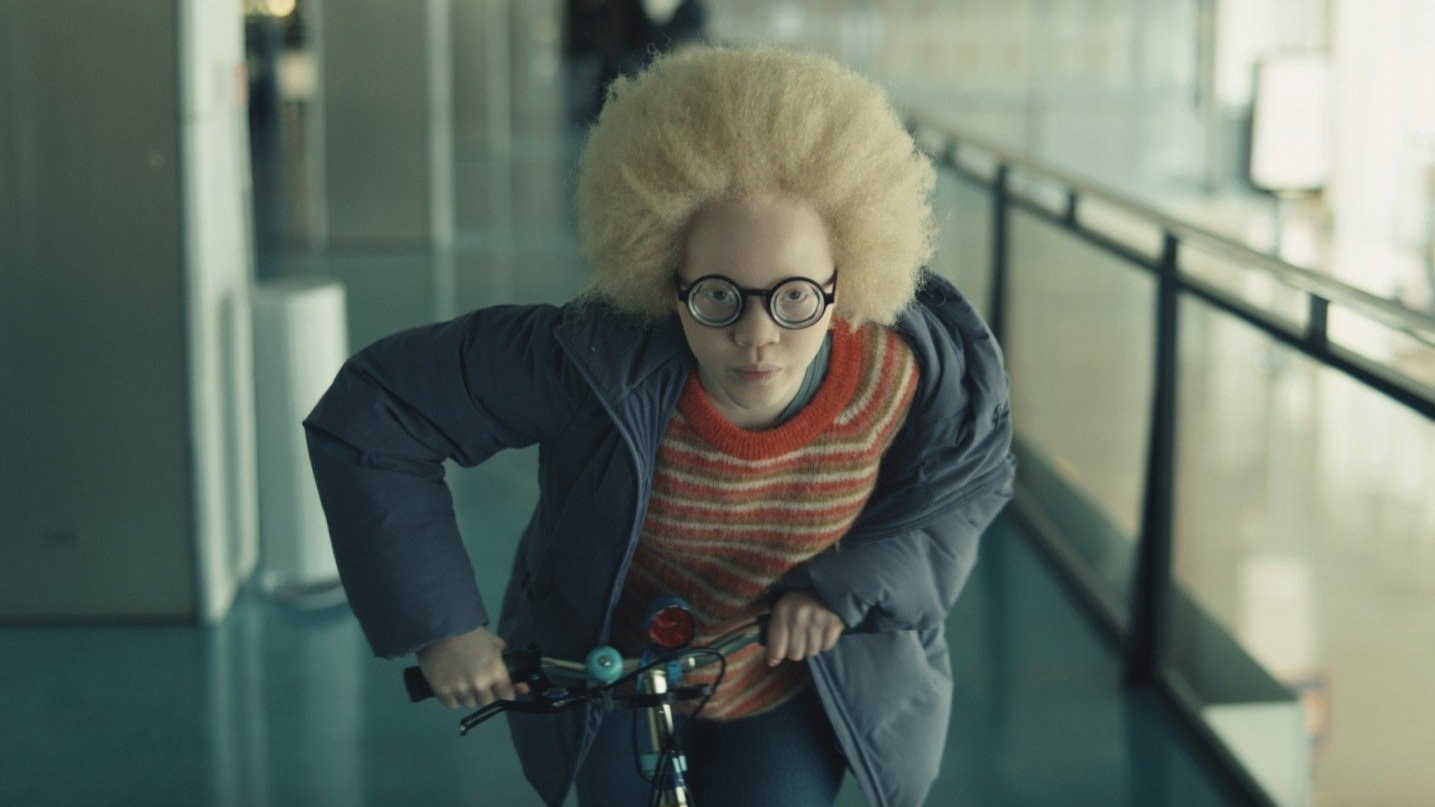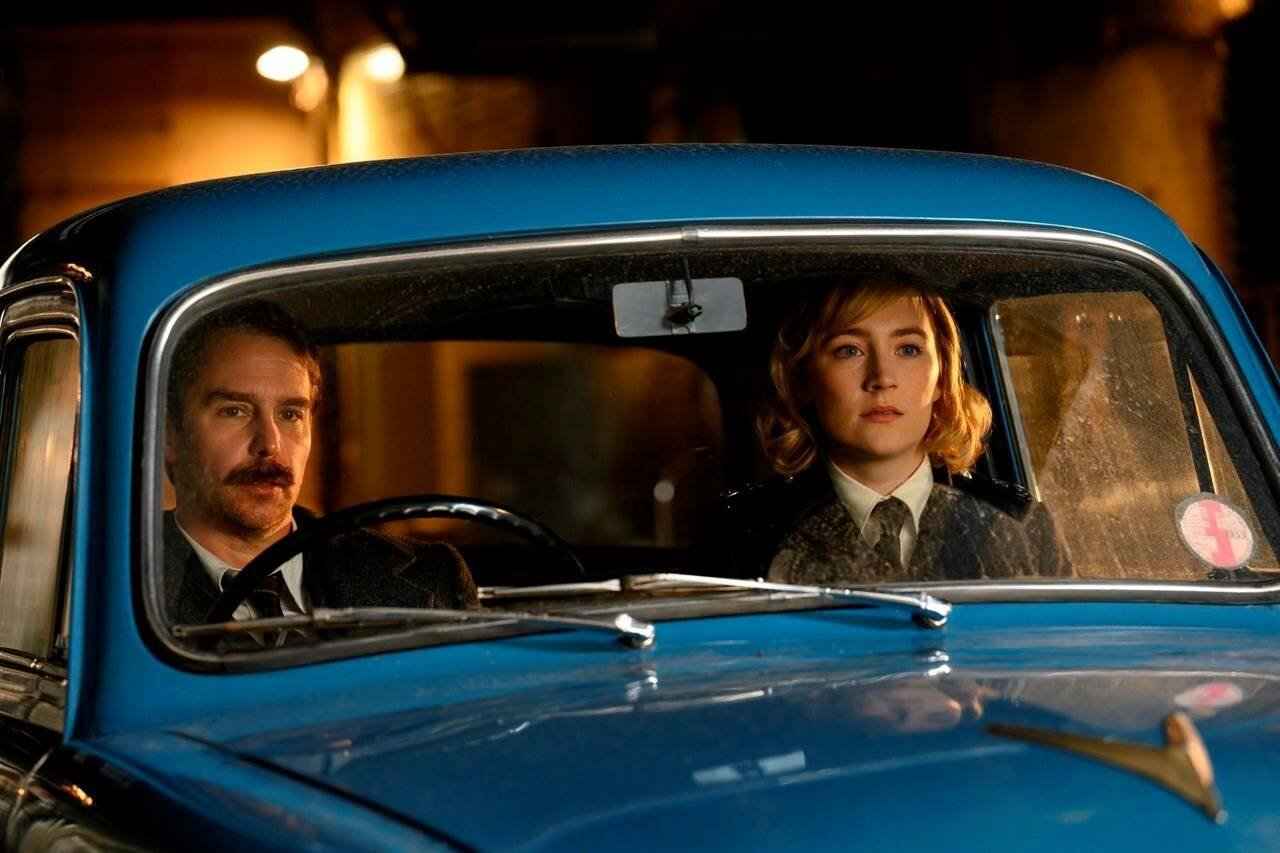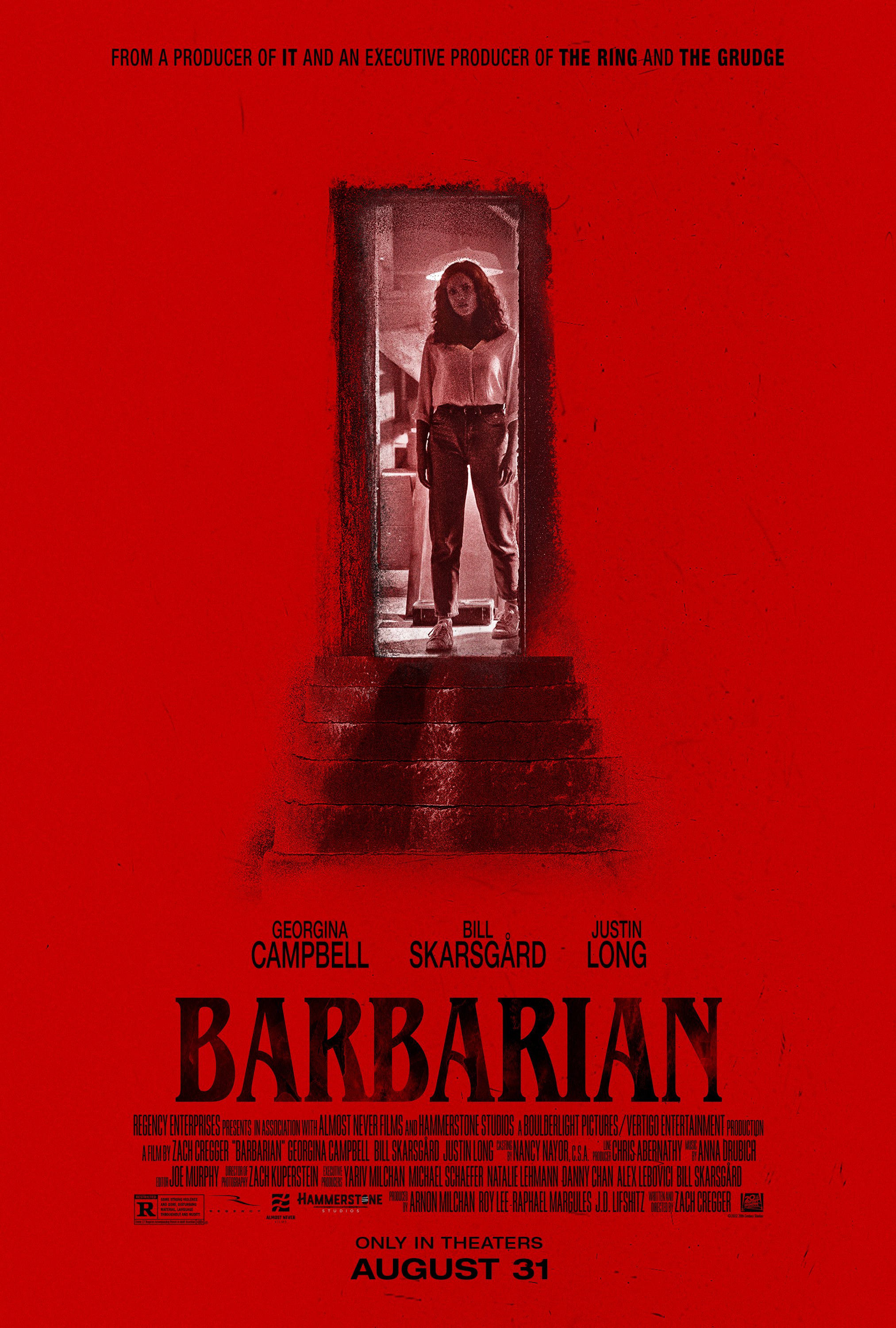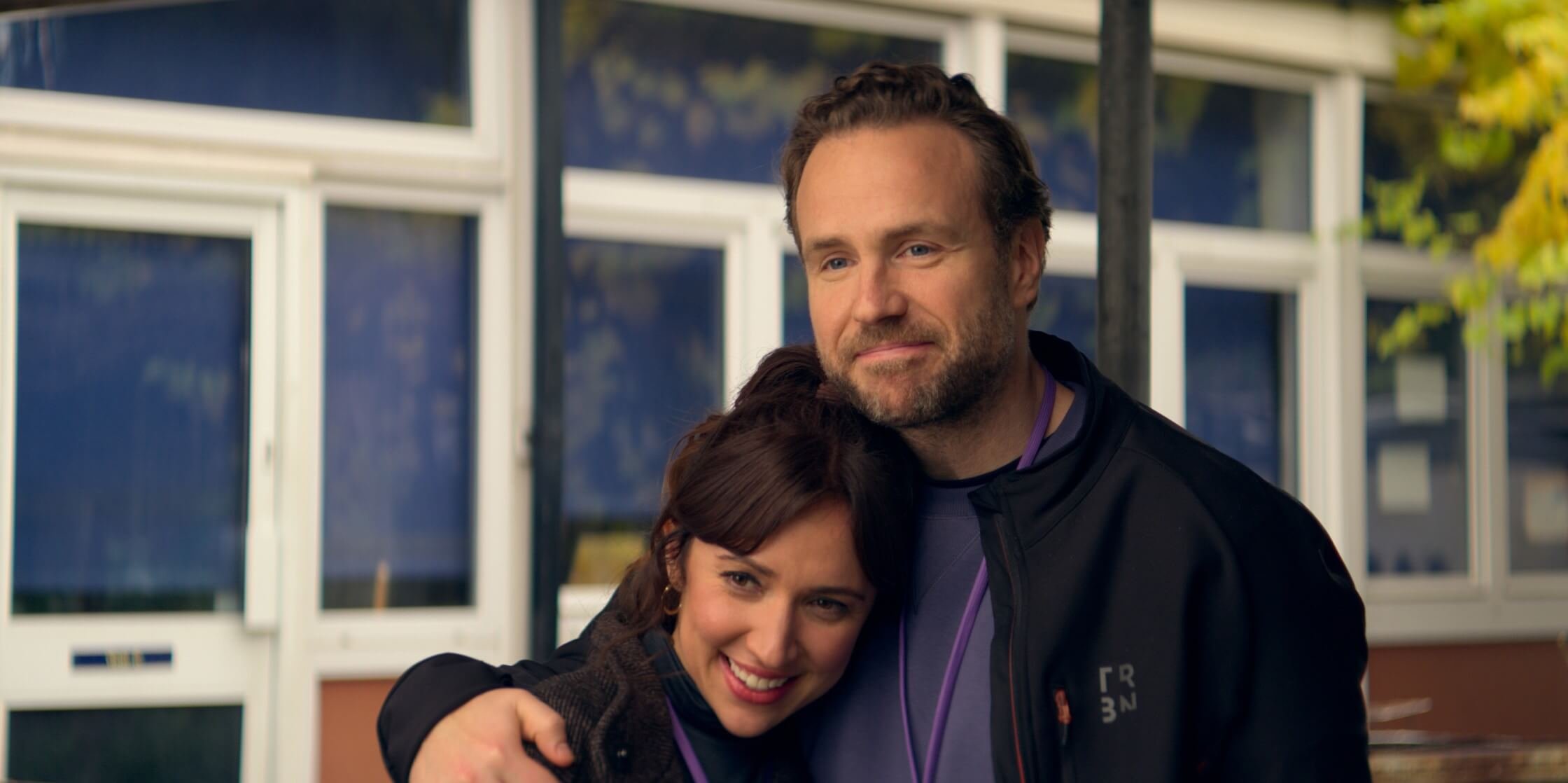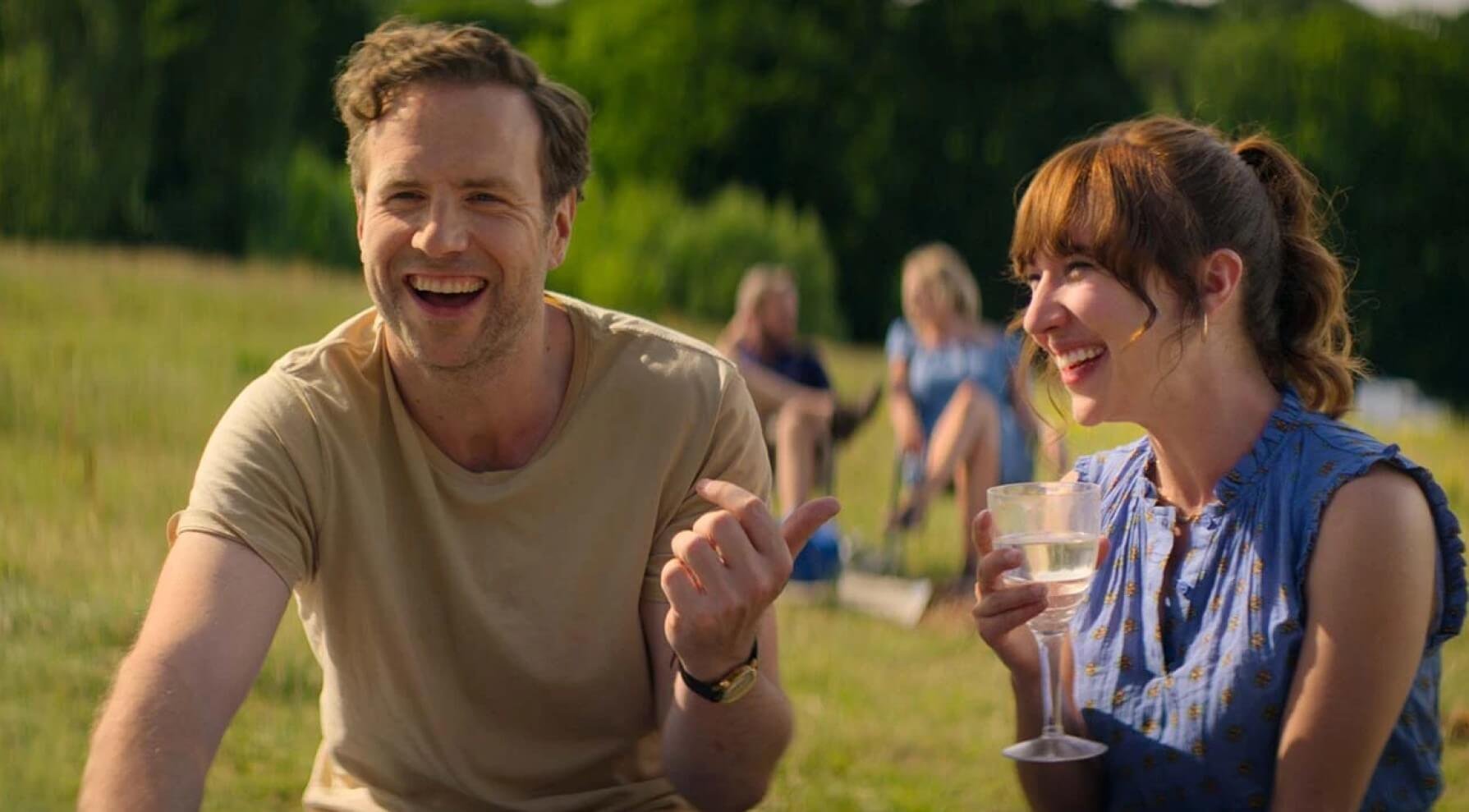Directed by: Michael Showalter
Written by: David Marshall Grant and Dave Savage, based on Michael Ausiello’s memoir
Starring: Jim Parsons, Ben Aldridge, Bill Irwin, and Sally Field
Runtime: 115 minutes
‘Spoiler Alert’: Straight away, this touching romantic drama reveals its ending
Has a friend, colleague, random stranger, or movie critic uttered a key plot point of a book, television show, or movie BEFORE you read a publication or watched a program or flick?
On a personal note, my worst experience occurred at the Portland International Airport around 2004. While waiting for the boarding announcement, I held a copy of the “The Di Vinci Code” (novel), and the bookmark visibly stuck above the binding, about 50 pages into the story. Another passenger pointed at the precious literary cargo and blurted out the novel’s most crucial secret.
Ugh.
Well, jettisoning that memory (while opening up your recollections to similar happenstances), let’s fly back to 2022. A new drama arrives in cinemas, but it doesn’t worry about accidental disclosures. In fact, this film embraces aforementioned concept, as stated in its title, “Spoiler Alert”.
Director Michael Showalter’s movie – written by David Marshall Grant and Dan Savage, based on Michael Ausiello’s 2017 memoir – divulges the ending in the opening few minutes.
Kit (Ben Aldridge) lies in a hospital bed and suffers from a terminal condition, and his partner, Michael (Jim Parsons), rests by his side to offer comfort.
Comfort for Kit and himself.
Over the remaining 110 minutes, “Spoiler Alert” recounts Kit and Michael’s relationship, from beginning to end, in a touching and thoughtful theatrical experience.
The setting is New York City during the early 2000s, and Michael enjoys a successful career as a workaholic TV Guide journalist. Yes, that TV Guide! As his 9-to-5 (which, in reality, seems like a 9-to-9) advances professional satisfaction, his love life laments in obscurity. That all changes one night during a chance meeting at a club, where our introverted, inexperienced lead meets Kit, an attractive player who manages a healthy balance between his photography work and the dating scene.
The period is on display, as nostalgia occasionally appears in the forms of flip phones and Kit’s digital camera. Not to mention, an Edie Brickell-esque soundtrack frequently stops by and gently sways in the background.
Still, opposites attract through mysterious chemistry and magic, and Michael and Kit quickly become a couple. The narrative strolls through traditional tropes, like meeting a new love’s friends, a first-time sexual encounter, and personal discoveries. The Big Apple lifestyle – a popular (or tired, depending on your point of view) backdrop for romantic dramas and comedies – is everywhere. Since the film features a “The Big Bang Theory” star, the screenplay peppers in some comedic moments here and there, including a big-time belly laugh about one particular idiosyncrasy in Michael’s apartment.
Michael also regularly flashes back to his 1970s or 1980s childhood, as a 10-year-old Michael (Brody Caines) converses with his family on a sitcom television production set with a laugh track and all. These trips to yesterdecade don’t always quite work or fit, but they add context to Michael’s feelings in present-day. Jokes land during the first 45 or 60 minutes, but then dramatic tones sneak into view thereafter as Kit’s diagnosis is officially acknowledged. Thankfully, Kit and Michael’s support group somewhat temper heartbreak and despair.
Some friends pop in, but through inspired casting choices, Kit’s parents are played by Sally Field and Bill Irwin. The 70-something actors are terrific additions here, and their characters offer crucial connective tissue for the young men, especially in the 3rd act. (You may not know Irwin by name, but his face is easily recognizable, and this critic highly recommends “Rachel Getting Married” (2008), a searing family drama with Bill playing the patriarch.)
Speaking of connections, is there one with Parsons and Ausiello?
Yes.
In Moises Mendez II’s Dec. 2 “Time” article, Ausiello affirms that he asked Parsons to moderate a Q&A in 2017 during his book’s rollout, and the actor responded without reading it.
He adds, “It felt like a tremendous confidence boost to me when I needed it most. This was the week the book was coming out, and I didn’t know how it would be received. I was in a vulnerable place.”
In the big-screen adaption of Kit and Michael’s story, Aldridge and Parsons clearly and convincingly deliver their (real-life) characters’ susceptibilities as they stare directly into tragedy.
Here’s one more spoiler: bring tissues.
Jeff’s ranking
2.5/4 stars


